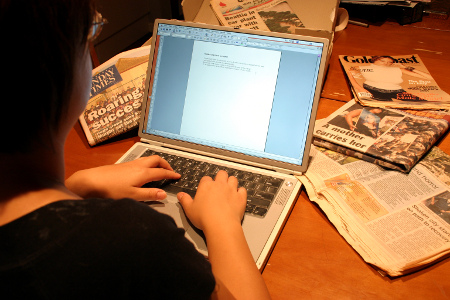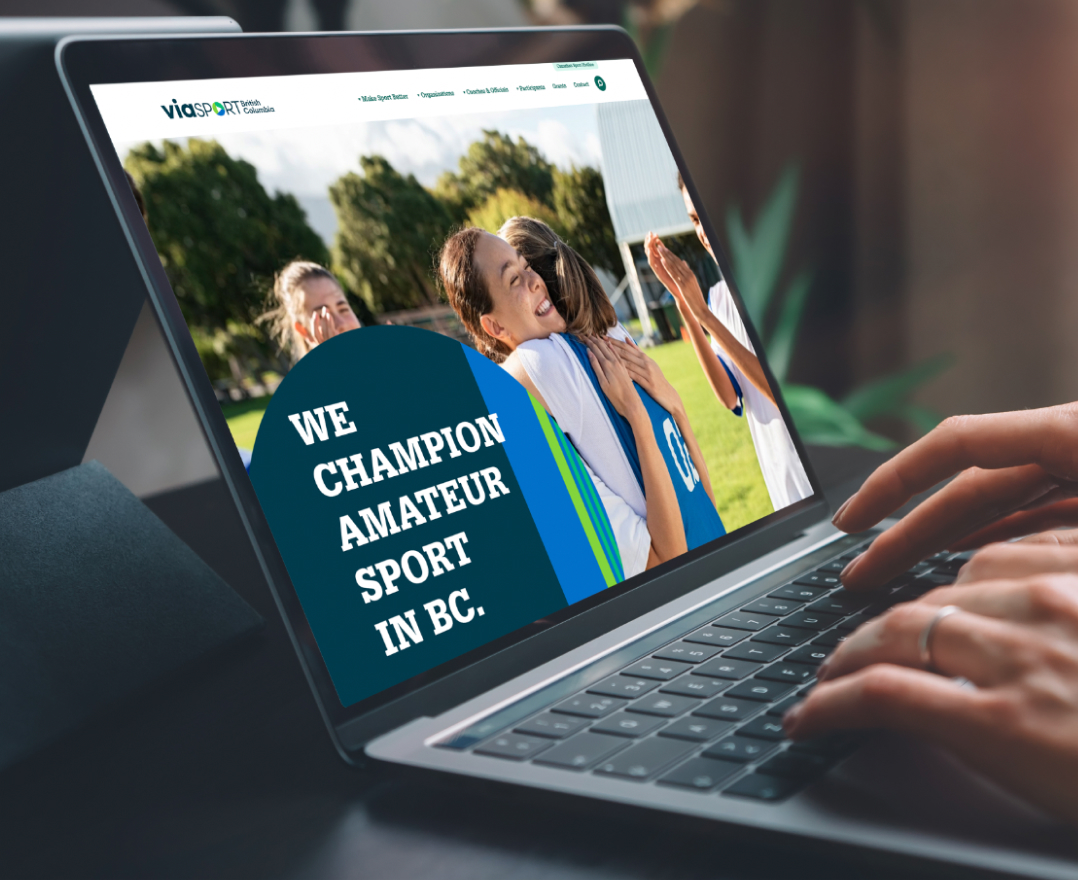Eleven common press release mistakes
Jul 20, 2020
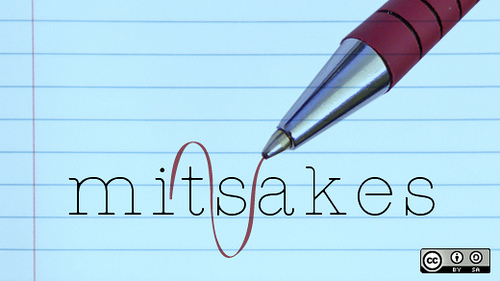
A well-written press release is a key element of any media strategy. Unfortunately, reporters and editors receive a huge volume of press releases every day. With so much competition, even simple mistakes can prevent your sports organization from getting the attention you deserve.
We’ve uncovered 11 easy-to-remedy press-release mistakes that may be keeping your sports organization out of the spotlight.
#1:Your press release lacks a ‘hook’
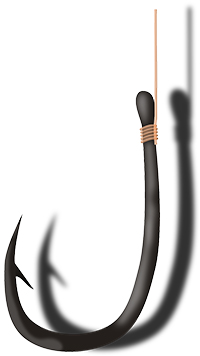
Most press release writers know that they should mention the “who, what, where, when, why and how” of the story early in the press release. It is not enough, however, to simply tell the media that your event exists. You also need to persuade reporters that your story is more important than all of the others that pass through their inbox.
Most great press releases have a ‘hook:’ a particular story angle that the writer feels is most compelling. A good hook allows you to create a persuasive, focused press release. Sometimes, the hook is obvious, such as when your team wins a gold medal. Sometimes, however, an event will have many potential hooks. If you are hosting a national championship, for example, do you focus on Team BC’s medal chances or the fact that PEI has a team for the first time? To decide which hook is best, check out our module on what makes a story newsworthy.
#2: Your press release is incorrectly formatted
If you subscribe to SIRC you will see a wide range of press release formats. For example, some writers like to capitalize every letter of their headline, while others only capitalize the first letter of key words. In general, however, a press release should have the following parts:
For Immediate Release: This phrase goes at the beginning of your press release, unless you would like the press release to be embargoed until a certain time.
A headline: A headline gets five times more views than the release itself, so make sure that it effectively conveys your message. Many writers use a variation of the lede (the first sentence) as their headline. In the age of Twitter, it’s best to keep your headline under 100 characters. Example: Canada’s Wheelchair Rugby Team Wins Its First Gold Medal in 13 Years
A subheading: Below the headline, many press releases have a subheading that provides more pertinent information. In the age of SEO <<link to SEO module>>, the subheading is a useful way to sneak in keywords.
Example: Canada beats the USA in double overtime in front of a home crowd.
The dateline: Put the city and date of the release at the beginning of the first paragraph.
Example: (Ottawa, ON—Oct 11, 2015)
The lede: The lede is the first sentence or two of the release, which contains your hook and usually answers the ‘who, what, where, when, why, and how’ of the story.
The body: The body contains the rest of the relevant details.
A quote: Quotes add colour and authority to your press release.
Boilerplate: Boilerplate text is standard text that appears at the end of every release to give the reader more information about your sport or your organization. Make sure to include a URL to your website.
The end-of-release mark: Use – 30 – or ### to indicate that the press release is over. Many writers put these marks before their contact information.
Contact information: Give your contact information so that reporters can contact you with follow-up questions. Make sure that the person who’s listed as a contact is available immediately throughout the day.
#3: Your press release is too long or too short

Many small newspapers print press releases with minimal editing, so your press release should be thorough enough to stand on its own. Unfortunately, no reporter has time to scroll through page after page of detail, so include only the most relevant information. Your press release should be between 300 and 800 words.
#4: Your press release contains grammatical errors
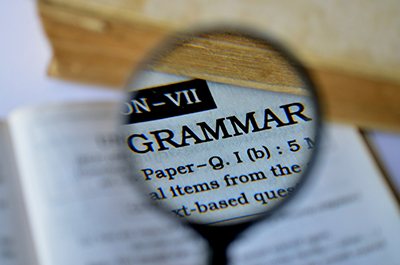
A press release filled with grammatical errors suggests to reporters that your organization isn’t professional. Always proofread your work or get a colleague to do so. You should also own a copy of the Canadian journalist’s ‘bible:’ Canadian Press Stylebook, which will answer all of your style and formatting questions.
#6: Your press release is a website article

Some sports organizations try to save time by sending out articles for their website or newsletter as press releases. Unfortunately, the two genres of writing are very different. An article is geared towards community members who have existing knowledge of and interest in your sport. Articles often have a casual tone, a broad focus and/or a high level of technical detail. The goal of a press release, however, is to capture a reporter’s attention in a short period of time and convince him or her to write a story on your organization. Put simply: website articles often don’t make effective press releases. If you lack human resources, it’s better to send out a small number of focused, well-written press releases than a large number of articles that do not fulfill their purpose.
#7: Your press release could have been a media advisory

If you’re hosting an event such as an open practice or a media meet-and-greet, consider sending out a media advisory instead of a press release. A media advisory is a short invitation to members of the media to attend a particular event. Follow this link to view a media advisory template.
#8: Your press release has too much information crammed into the lede

In an effort to get all of the pertinent information up front, many press release writers stuff their lede to the point of bursting, making it difficult to read. It’s okay to save some of the event’s key details for the second or third sentence in the interest of readability.
NO: The best 152 cyclists from eight different event classes representing ten countries will converge on the RandomVille Velodrome for a weekend of intense racing action with over $20,000 in prize money at stake at the first annual 2015 RandomVille Cup from May 11 – 13.
YES: Top cyclists from around the world will converge on the RandomVille Velodrome this weekend for the first annual Randomville Cup. Over 150 cyclists in eight event classes will compete for $20,000 in prizes.
#9: Your press release is hyperbolic or reads like an advertisement
You wouldn’t be a great communications professional if you weren’t excited about your athletes’ amazing accomplishments. There is a fine line, however, between energetic prose and sounding like a used car salesman. Avoid exclamation marks and make sure that everything in your press release is factual.
#10: Your press release lacks focus

Without a strong hook, your press release can become a confusing jumble of details, preventing a reporter from understanding why your event is important. Check out our module on writing a sports article for advice on writing structure, such as using the inverted pyramid model.
Sometimes, a press release loses focus through the editing process. You write a concise press release about an upcoming tournament, then one coworker tells you to put in sponsor information, and another says you should mention the 50/50 draw, and another thinks that you should add quotes from your organization’s president and vice president…and soon your press release is a mish-mash of everyone’s opinions. To prevent this, the approval chain for your press release should be as short as possible.
#11: Your press release has no quotes

Not only are quotes a great way to get your key messages into the press release, but they also give your press release a human touch and allow your members’ voices to be heard directly.
Do you have a press release problem or question? Do you have any tips for beginning press release writers? Get into the conversation by tweeting @ViasportBC or emailing info@viasport.ca
Sources
http://www.prdaily.com/mediarelations/Articles/10_signs_of_a_horrendous_press_release_16849.aspx
http://www.cision.com/us/2015/09/5-mistakes-to-avoid-when-writing-a-press-release/
http://service.prweb.com/resources/article/press-release-mistakes/
http://www.ereleases.com/prfuel/press-release-vs-media-advisory/
http://smallbusiness.chron.com/differences-between-media-advisory-press-release-50929.html
http://www.thecanadianpress.com/products_and_services.aspx?id=86



